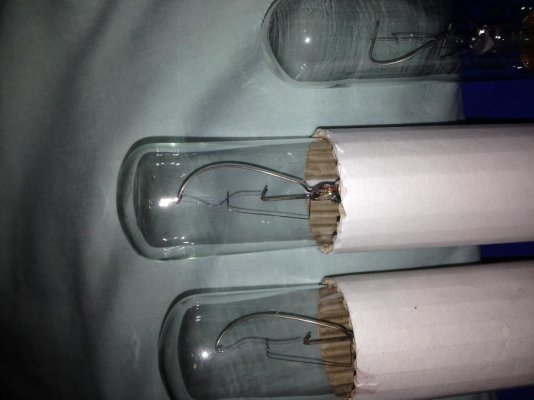sea hag
Veteran Member
In reviewing my spring safety list, I looked at the regs, particularly Rule 22 regarding the light intensity rule. In that the bulbs on my new to me boat were in place at purchase, and still functioning, I wonder about their intensity compliance. The type, color and location are correct for boat size. Do bulbs ever state USCG compliance like some fixtures ? So, at boarding has anyone ever in countered this level of scrutiny, or just a mundane rule that is not enforced on the water ?

